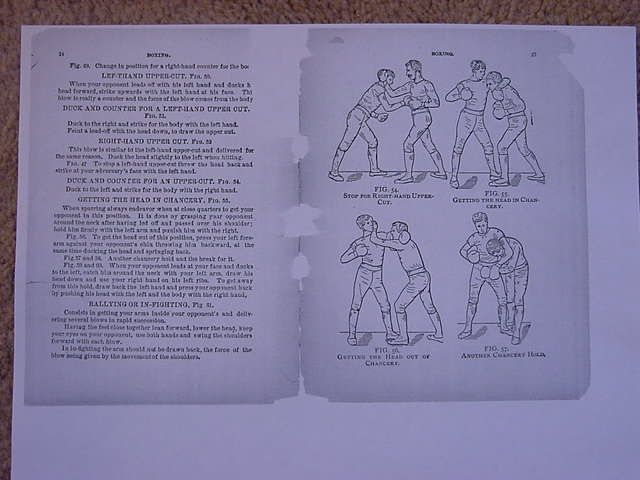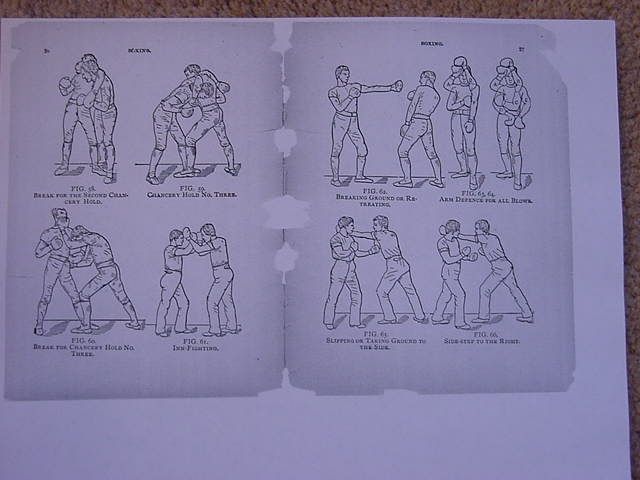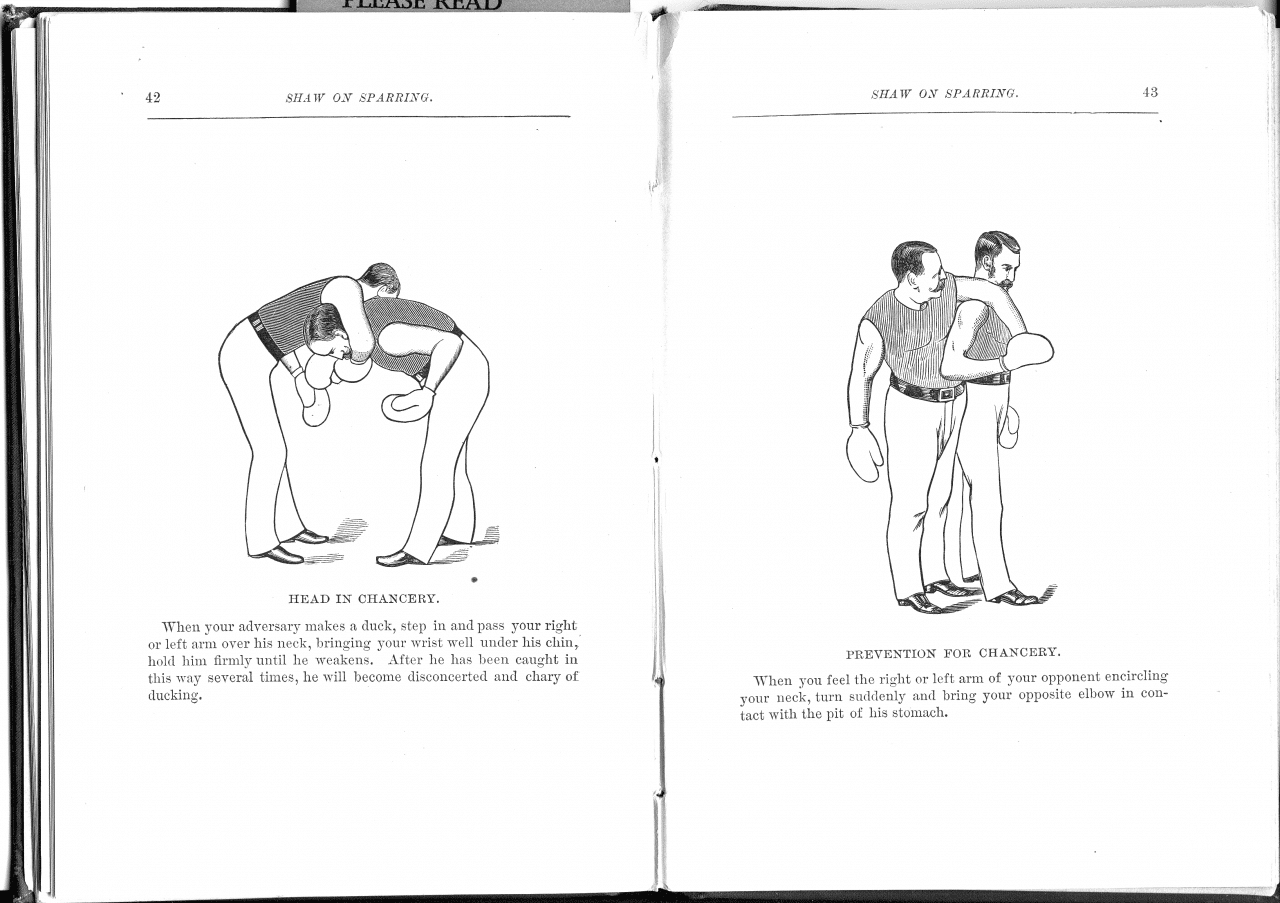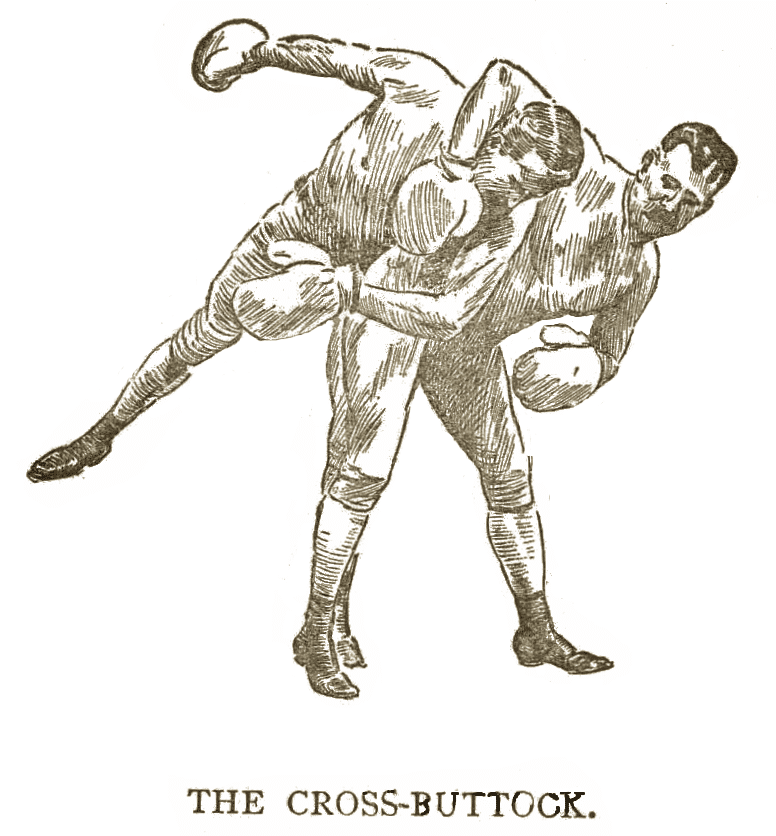I agree with his strategy - move in, but I don't like to cover my head with my arms. When your opponent punches at you, you should move in. You should not move back. The reasons are:
You want to
- interrupt his punch during the early stage when speed is still slow and power is still weak.
- fight in your opponent's territory instead of to fight in your own territory.
- establish a clinch ASAP (if you are a wrestler).
- ...
Also, your hands should be closer to your opponent's head and not close to your own head. The US anti-missile system should be set on the coast line and not in Washington DC. You can protect your head away from you. You don't need to protect you head that close from your head.
IMO, you should not give your opponent enough space to generate speed and power for his punches. In order to "squeeze" your opponent's space, you have to move in.
I like simple and quick solution.
- You attack me.
- I move in.
- Either you knock me down, or
- I take you down.
When my opponent punches me, his arm is not protecting his head. I want to get his head right at that moment.
You want to
- interrupt his punch during the early stage when speed is still slow and power is still weak.
- fight in your opponent's territory instead of to fight in your own territory.
- establish a clinch ASAP (if you are a wrestler).
- ...
Also, your hands should be closer to your opponent's head and not close to your own head. The US anti-missile system should be set on the coast line and not in Washington DC. You can protect your head away from you. You don't need to protect you head that close from your head.
IMO, you should not give your opponent enough space to generate speed and power for his punches. In order to "squeeze" your opponent's space, you have to move in.
I like simple and quick solution.
- You attack me.
- I move in.
- Either you knock me down, or
- I take you down.
When my opponent punches me, his arm is not protecting his head. I want to get his head right at that moment.
Last edited:




